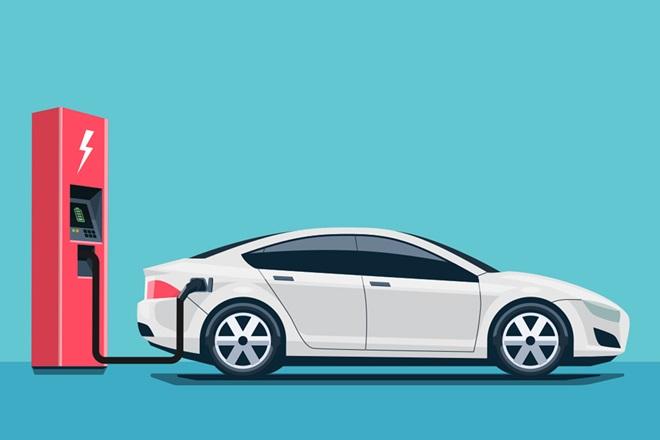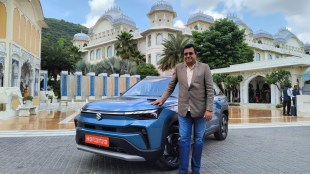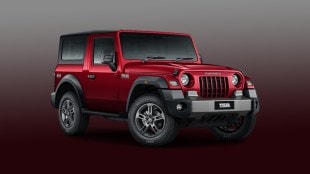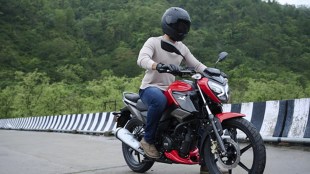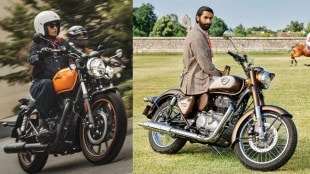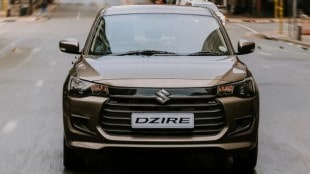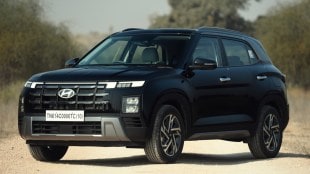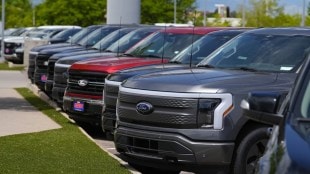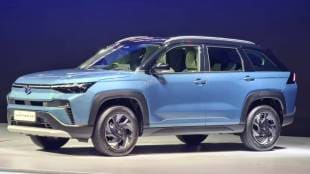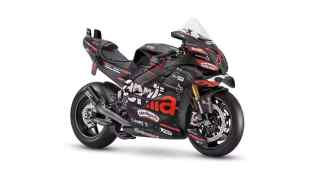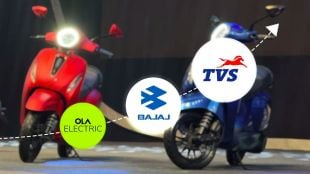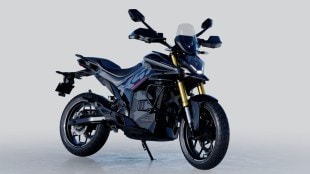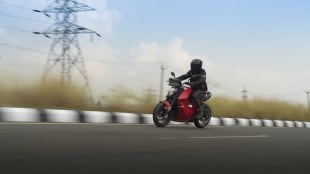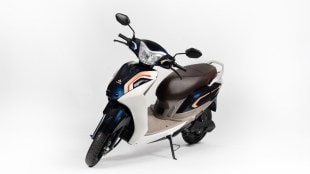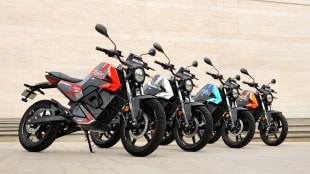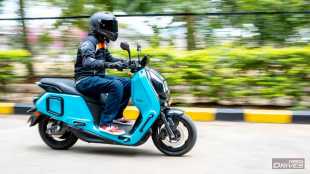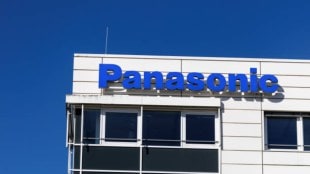
Against a backdrop of India’s commitment to give a push to electric vehicles (EVs) so that they form 30% of all new vehicle sales by 2030, CRISIL conducted a study on whether the current ecosystem in the country can fulfil the commitment. The study found that in the next five years, i.e., by 2024, nearly half of the new three-wheelers will be EVs. This figure, however, does not include the e-rickshaw segment. In numbers, EVs will form 43-48% of the new three-wheelers by 2024. Moreover, the report has found that 12-17% of the new two-wheelers will also be EVs by 2024.
On the other hand, the report found that in the four-wheeler segment, only 5% will be EVs.Currently, EVs account for 0.1% of the four-wheeler segment, 0.6% of the two-wheeler segment and 0.01% of the three-wheelers, excluding e-rickshaws, in the market.
The parameters of the study included demand, supply, acquisition and operational cost and operations of EVs and growth drivers like battery cost, charging infrastructure and government subsidy. The acquisition and operational cost of EVs was taken into account after it was compared with the internal combustion engine (ICE) vehicles that currently dominate the market.
The report states that the adoption of EVs depends on the purchase cost. On that premise, the report said that typically, two-wheeler EVs are cheaper to run than the ICE scooters. Moreover, e-autos are cheaper in terms of both acquisition cost and operational cost.
“In the context, supply will also be a critical factor for adoption. The top five electric two-wheeler manufacturers are expected to increase their capacity for electric variants from 0.4 million units in fiscal 2020 to over 3 million units by fiscal 2024. And in three-wheelers, even incumbent original equipment manufacturers are launching e-autos at a rapid pace. But low-speed, four-seater e-rickshaws are fast emerging as an alternative to e-autos because of being approximately 30% cheaper,” said Hetal Gandhi, CRISIL Research Director.
However, the report states, acquiring and maintaining four-wheeler EVs for personal purposes is expensive, especially due to lack of demand incentives. Thus, the sales of personal electric cars will remain slow. Cab aggregators are, however, likely to switch to e-cars for better operational economies and subsidies. In numbers, the report explained that a cab aggregator e-car running around 50,000 km in a year will be able to save about Rs 1.65 lakh a year. Meanwhile, a personal e-car which runs around 10,000 km a year will only save about Rs 35,000 a year.
Moreover, the subsidies given to state transport undertakings will aid in greater sales of e-buses. Currently, e-buses form only 0.5% of the segment. The report further adds that poor public charging infrastructure is likely to impact the shift towards EVs.
“The government has created a policy push for EVs with the second instalment of the Faster Adoption and Manufacturing of Electric Vehicles in India or FAME II policy and numerous efficiency and emission regulations. However, India has much catching up to do in terms of the four drivers of growth globally, i.e., battery price, demand incentives, supply push, and charging infrastructure. That means policy implementation will be crucial to faster adoption of EVs in India,” says Says Pushan Sharma, CRISIL Research Associate Director.
The report states that CRISIL expects that one of the key drivers of adoption of EVs – the lithium-ion battery – will become less expensive due to an expected reduction in global prices by 2024. The report also expects positive results from the government’s plans to reduce dependence on imports of batteries and boost indigenous production, which will also lower the cost.
Until 2024 though, the report states that the adoption of EVs will be gradual, giving manufacturers of auto components time to plan out their strategies to stay relevant.
